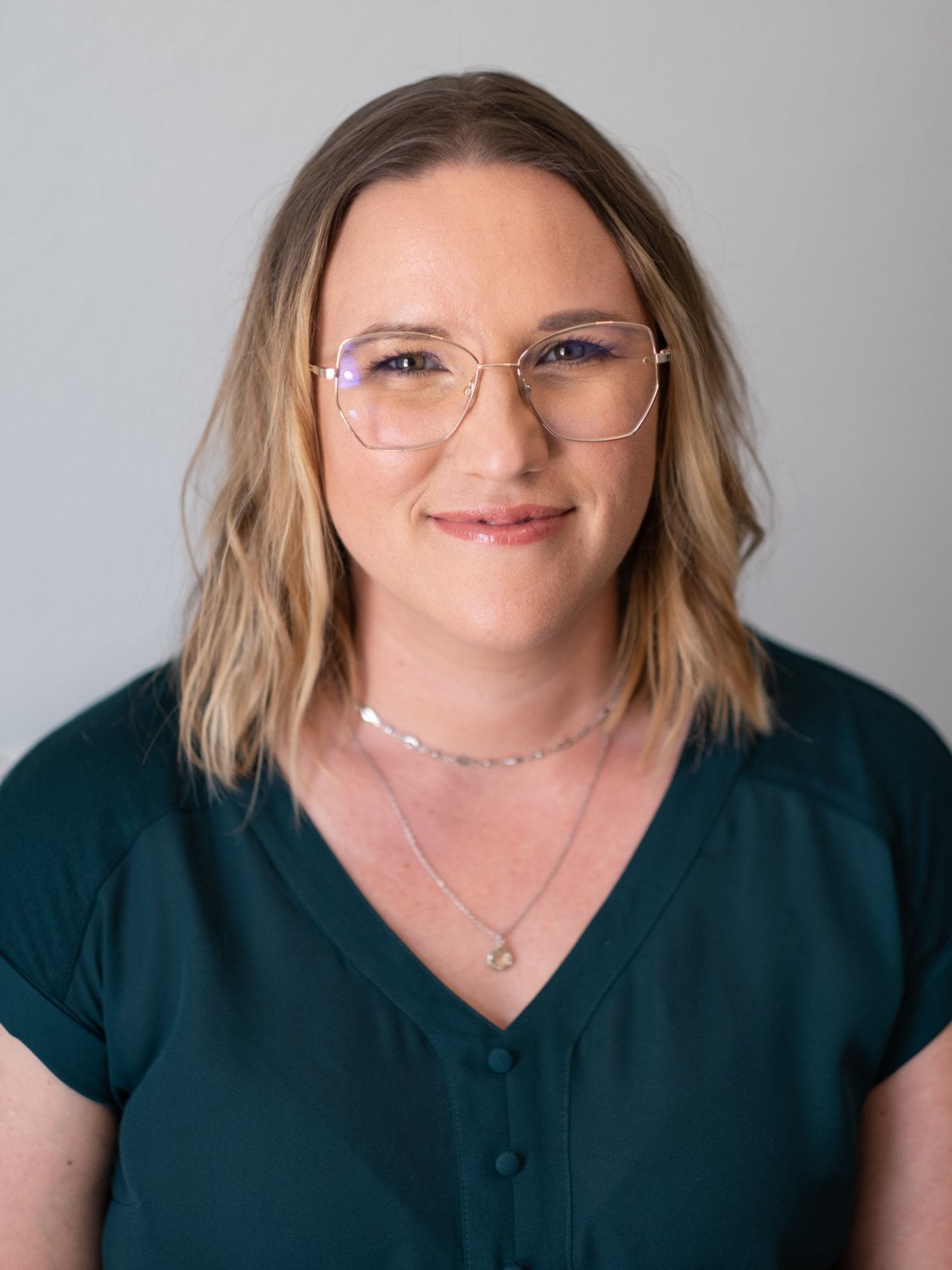
How To Find Your Enneagram Type
It’s normal to feel confused as you are trying to find your Enneagram Type
Unlike other personality-focused models, the Enneagram is supposed to pull you into a process of self-discovery, not simply just spit out an answer of who you are/what you’re like and leave you to read about yourself as if you aren’t a dynamic, interesting, unique person. Have patience as you learn about yourself and settle in to finding which type you are - I promise it will be worth it.
Not all Enneagram quizzes and descriptions are created equal, and you are unique.
Be intentional
There are lots of ways to find your Type, so I hope you will be intentional about it. You’re meeting yourself, after all.
Not all Enneagram quizzes and descriptions are created equal, and you are unique.
Some quizzes are just grabbing clicks with the trend and aren’t describing the types in thoughtful or even accurate ways. Quizzes that don’t give context or direction afterwards aren’t as trustworthy as those that give you an explanation of the type and ideas for next steps. Podcasters that are just sharing their opinions about the types aren’t as informed as those that host panels or interviews with people of each type. I already feel protective over your Enneagram learning and growth journey, so I have some suggestions to support you having the best experience you can.
Not every detail will sound 100% like you - and that’s ok
(but sometimes it can describe you, and you don’t see it yet).
So… if we’re honest, sometimes we want to ignore traits or behaviors we have. Some traits mentioned in the types are seen as “bad”in different cultures so maybe we’ve worked hard to overcome or avoid those traits… but they are still happening. We can just all agree to forgive and forget, right?
Being accountable is a humbling process that requires emotional maturity to navigate. We don’t like how the behaviors make us feel or how they affect other people, but they’re still there affecting our relationships and jobs and self-esteem. The people around us may extend us compassion and patience but we are still accountable for the behaviors we have (even if we didn’t mean to do it).
When it’s about you, it’s normal to get picky about how you’re being described. But not everyone uses the same terms to describe the same traits. It’s also normal to have strong reactions to certain words that have been used to harm us or get stuck in our inner critical thoughts. Try not to write off an entire type because of a word or two.
Focus on the motivations and fears of each core type to guide you through the variety of descriptions and words that teachers use to explain the types. Look for the overlapping traits and behavior patterns to identify you. Don’t discard a type because one concept doesn’t resonate if the rest of the description is a great fit. And if you are working with a guide, take the opportunity to find words that better reflect your experience but are still true to the core motivations of the type.
The Enneagram at its core is built for growing self-awareness, so it immediately offers you the opportunity to reflect on your thoughts, behaviors, and feelings. If you are not someone who has done any self-assessment work (lately or ever), this model may feel challenging to you at first. But don’t worry! Using feedback that you’ve received from loved ones or in work environments may be the best place to start in considering a type. How do others say you show up in the world? If someone were to observe your habits and interactions like a reality tv show, what would they see?
Your type doesn’t change over time.
You are born with your core type and it stays the same throughout your life. Your core type doesn’t ever change, and we don’t describe certain chapters of life as “being type X during that time.” As you mature, you don’t change types, but you may become healthier on the Levels of Health spectrum or spend a lot of time in traits associated with your growth/harmony line type.
The context for these differences in how you showed up in life is best explored by learning about the challenge/security lines, wing types, and subtypes associated with your type. When you are first typing yourself, many teachers suggest reflecting on your motivations during your early 20’s as a way to help you consider what you are like when you have more freedoms. If you are assessing your motivations for the first time, this could be a good place to start.
There’s this important thing called Levels of Development
Levels of Development in the Enneagram model refer to where our personal growth is on a scale from very unhealthy-average-very healthy, with 9 distinct levels within each type. They were first introduced in the 1970s by Don Riso and were explored further with his colleague Russ Hudson in the 1990s. Appreciating the levels of development will help you understand why you seem to behave differently throughout the day, at different periods of your life, or so differently from someone else with your same type.
Your level of development reflects your maturity and self-awareness, but it does not imply that you won’t experience normal human emotions like fear, anger, or sadness. A very healthy level of development will reflect how you respond to the inevitable hardships and joys of everyone’s life. It does not prescribe a certain way of being a correct human. This is important - the levels of development are specific to your type and need to be applied to your specific life with wisdom. They are not intended to make you fit into any dominant race or cultural ideals.
Are you in survival mode?
Being in survival mode can make you seem like a different type. Trauma, poverty, abuse, lack of parental support, systemic racial or ethnic disadvantages, religious persecution, mental health disorders, physical barriers, gender discrimination, personal orientation discrimination… there can be many reasons why you were not able to be you at times. Your body has incredibly effective ways of protecting you when you’re not in a supportive environment, but that can also cause your behavior or thinking patterns to appear very different from how you might otherwise. Knowing how anything of the experiences listed above affected you will be crucial to understanding your type.
Remember earlier when I introduced the idea of using your early 20’s as a time to help discover your core type? This is often because that time of life is full of growth and personal expression. However, due to life circumstance and things entirely out of their control, lots of people don’t have the freedom at that age to explore their ideas and urges - so this suggestion will not work for everyone. It is important to talk through your childhood and family of origin with an Enneagram teacher to help you understand how to identify your core type in between your survival behaviors.
Let’s talk about mistyping
You are so much more than your behavior, but if what you want to show on the outside is all you use to identify your type, you may mistakenly mistype yourself and miss out on powerful growth insights from your actual type. The most important information you need to access for your accurate type is why you do things or think about things in specific ways. This is where having a guide is necessary!
Grab one of the Growth Guides or ask your therapist or coach to help you understand your motivations. The Enneagram is a complex model for understanding complex humans and we love that! But it’s not as easy as it seems to apply it accurately so mistyping happens.
How you can unintentionally mistype yourself:
You know the types superficially as stereotypes and not dynamic customizable profiles
You are overlooking important influences on your life like health diagnoses, major relationships, career or family responsibilities, and stage of life.
You aren’t aware of where you are in the Levels of Health within your type
You don’t like how your type is described so you gravitate toward one that you prefer, even though it’s inaccurate
My recommendation… first “try on” a type, like a shoe
Once you have explored what factors could be influencing how you see your type, I encourage you to try on a type for a while, with no commitments. That could look like asking for feedback from trusted people about your patterns or reflecting on why you said something or preferred a specific way. Because the Enneagram focuses on core motivations and fears, exploring a type can be done privately if you don’t wish to include feedback from your community. Building your awareness of what your true motivations and deepest vulnerabilities are doesn’t have to include anyone if you don’t want to. Taking time to get to know yourself honestly is a very important part of the process, so don’t skip it! Reflecting on where you fit within the types always does two things: validate someone’s unique experience and help them focus on overlooked areas of development that have been barriers in relationships or connection to joy.
So, how do I try on an Enneagram type?
Listen to or read something that another person with the same type said about themselves - how do they sound like you? Do you share some vulnerabilities and goals in common?
Check out my favorite podcasts and books (note: these are secular and do not center the Enneagram as a Christian model)
Interview someone you trust, who has known you a long time, or who has seen you in many different settings to reflect on how your behavior changes or what seems important to you from the outsiders perspective
Live life as your normally do, but take time frequently to consider what emotions, thoughts, or physical sensations are present and write them down daily
Get a Growth Guide!
Get the free download “7 Days of Exploring Your Enneagram Type.”
Don’t know your Enneagram number yet?
Find out today with my Find Your Type Quiz.
The Enneagram Types

Want more ways to explore your type? I got you.
Want some extra guidance?
I offer limited spots for individual or group consultation to help you expertly add the Enneagram in to your therapy sessions, whether you are the client, therapist or coach.















